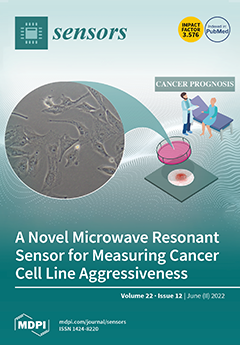Nosocomial infection is one of the most important problems that occurs in hospitals, as it directly affects susceptible patients or patients with immune deficiency.
Klebsiella pneumoniae (
K. pneumoniae) is the most common cause of nosocomial infections in hospitals.
K. pneumoniae can cause
[...] Read more.
Nosocomial infection is one of the most important problems that occurs in hospitals, as it directly affects susceptible patients or patients with immune deficiency.
Klebsiella pneumoniae (
K. pneumoniae) is the most common cause of nosocomial infections in hospitals.
K. pneumoniae can cause various diseases such as pneumonia, urinary tract infections, septicemias, and soft tissue infections, and it has also become highly resistant to antibiotics. The principal routes for the transmission of
K. pneumoniae are via the gastrointestinal tract and the hands of hospital personnel via healthcare workers, patients, hospital equipment, and interventional procedures. These bacteria can spread rapidly in the hospital environment and tend to cause nosocomial outbreaks. In this research, we developed a MIP-based electrochemical biosensor to detect
K. pneumoniae. Quantitative detection was performed using an electrochemical technique to measure the changes in electrical signals in different concentrations of
K. pneumoniae ranging from 10 to 10
5 CFU/mL. Our MIP-based
K. pneumoniae sensor was found to achieve a high linear response, with an R
2 value of 0.9919. A sensitivity test was also performed on bacteria with a similar structure to that of
K. pneumoniae. The sensitivity results show that the MIP-based
K. pneumoniae biosensor with a gold electrode was the most sensitive, with a 7.51 (% relative current/log concentration) when compared with the MIP sensor applied with
Pseudomonas aeruginosa and
Enterococcus faecalis, where the sensitivity was 2.634 and 2.226, respectively. Our sensor was also able to achieve a limit of detection (LOD) of 0.012 CFU/mL and limit of quantitation (LOQ) of 1.61 CFU/mL.
Full article






